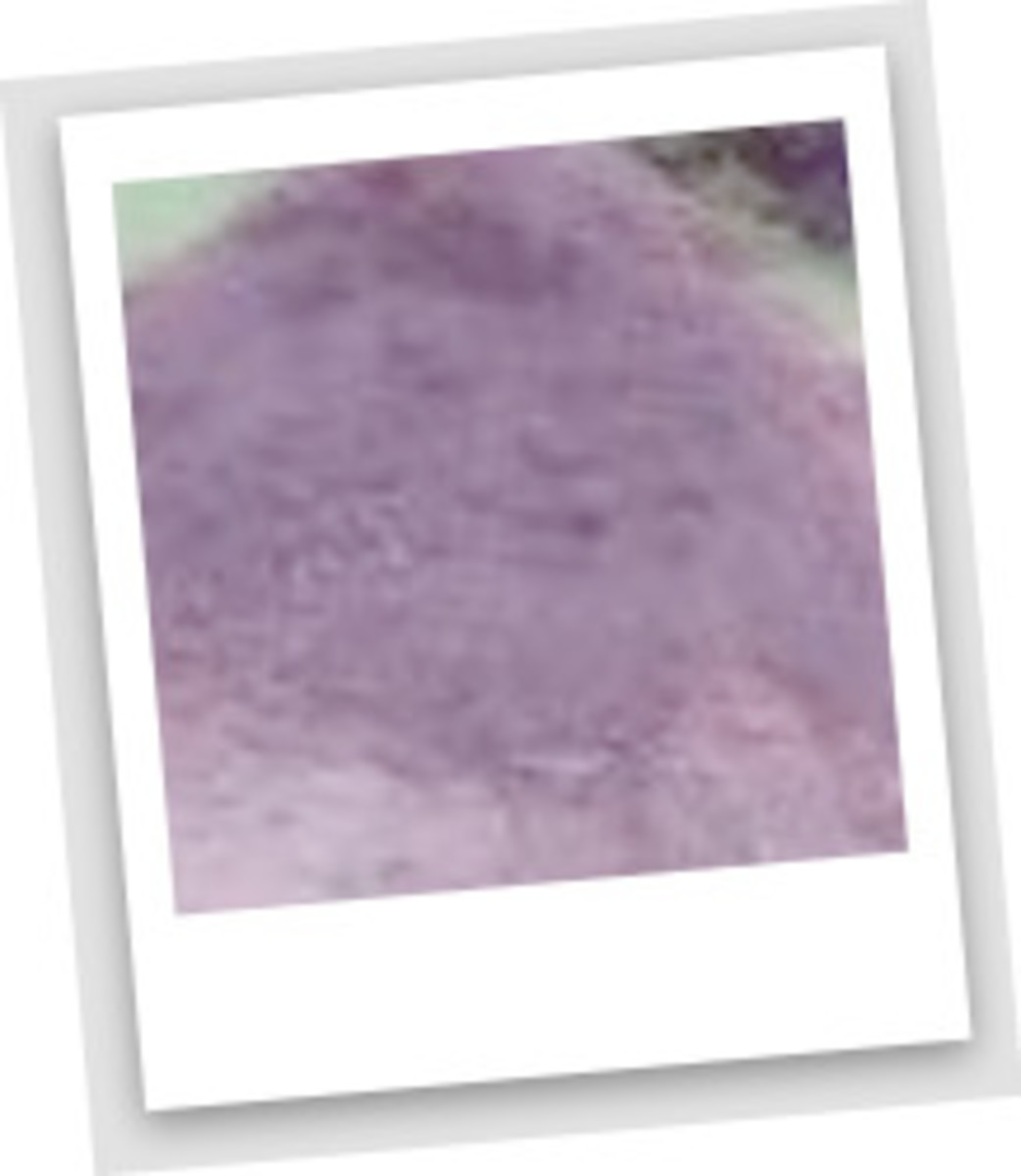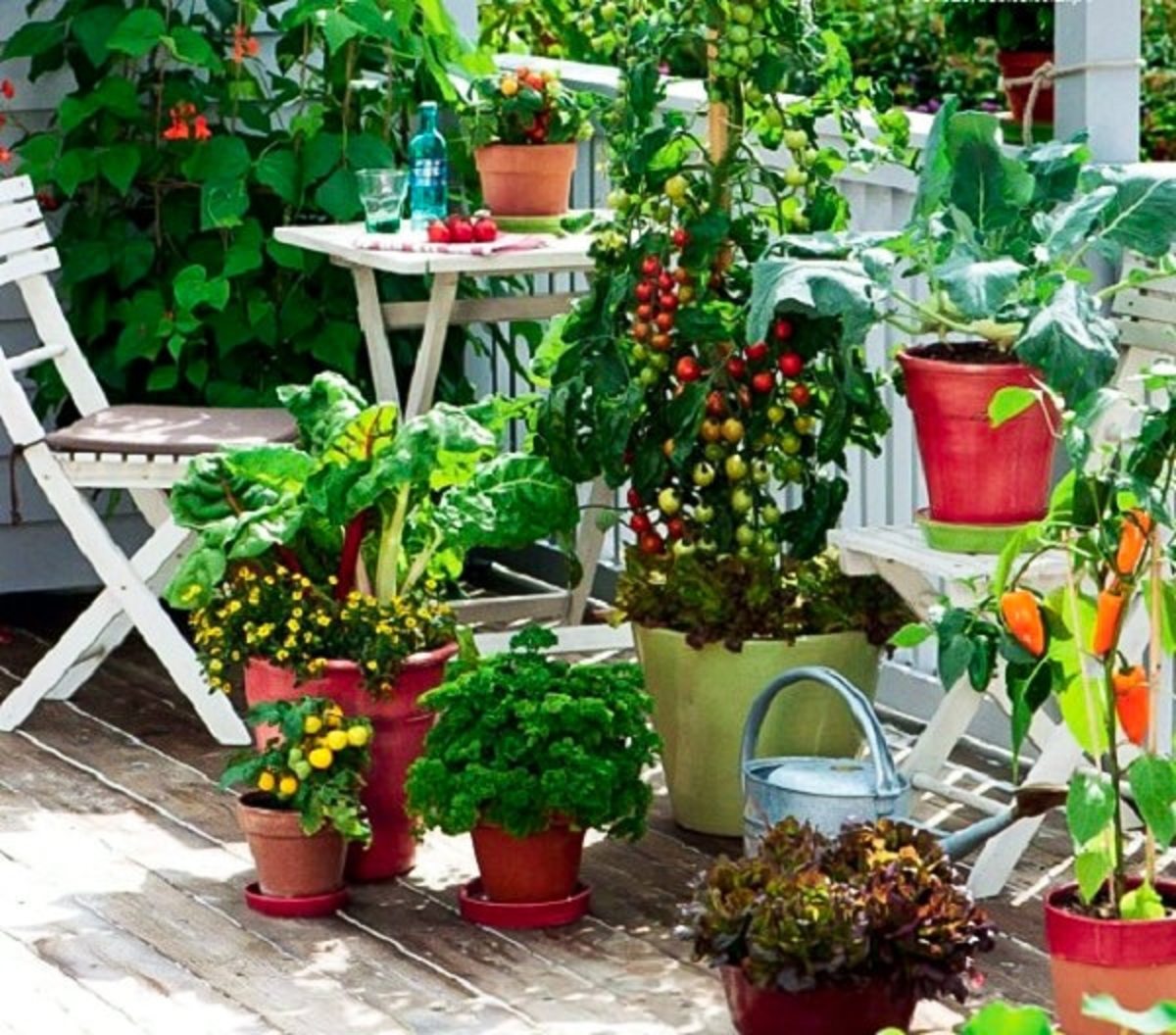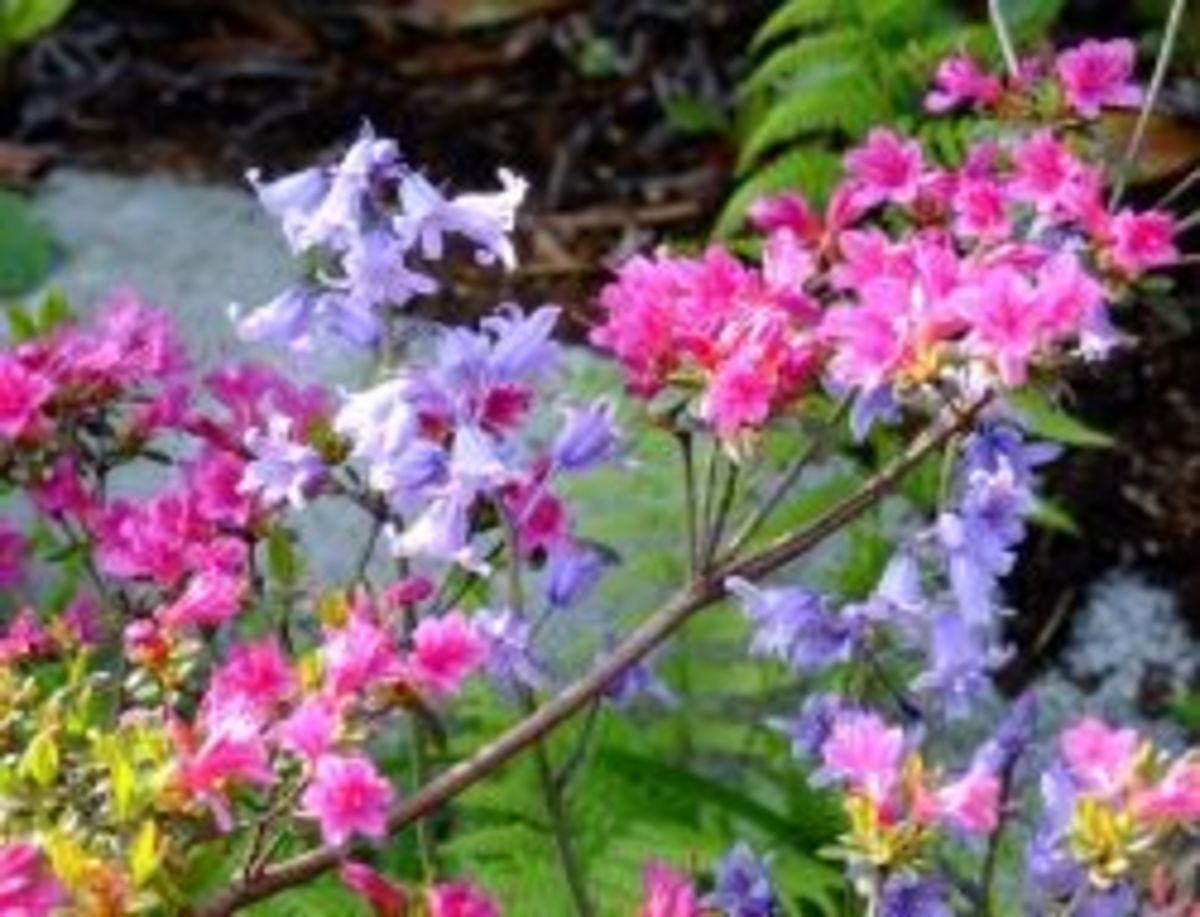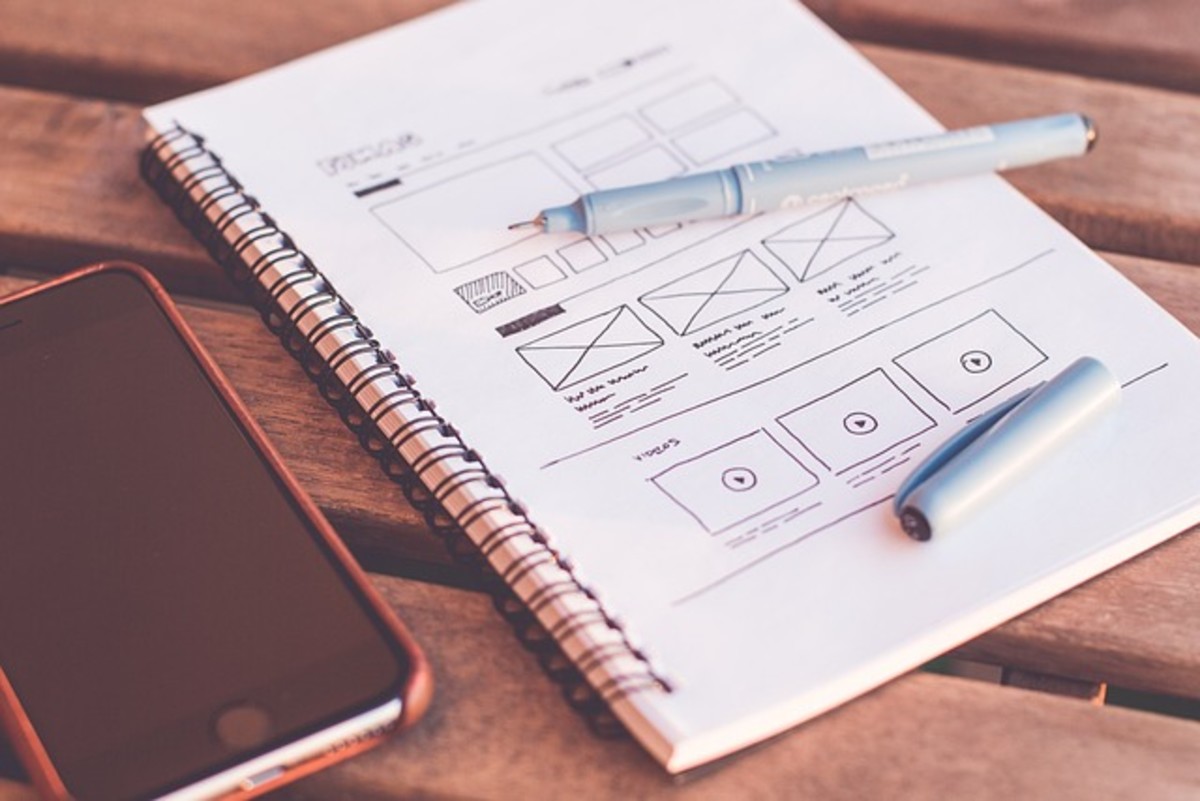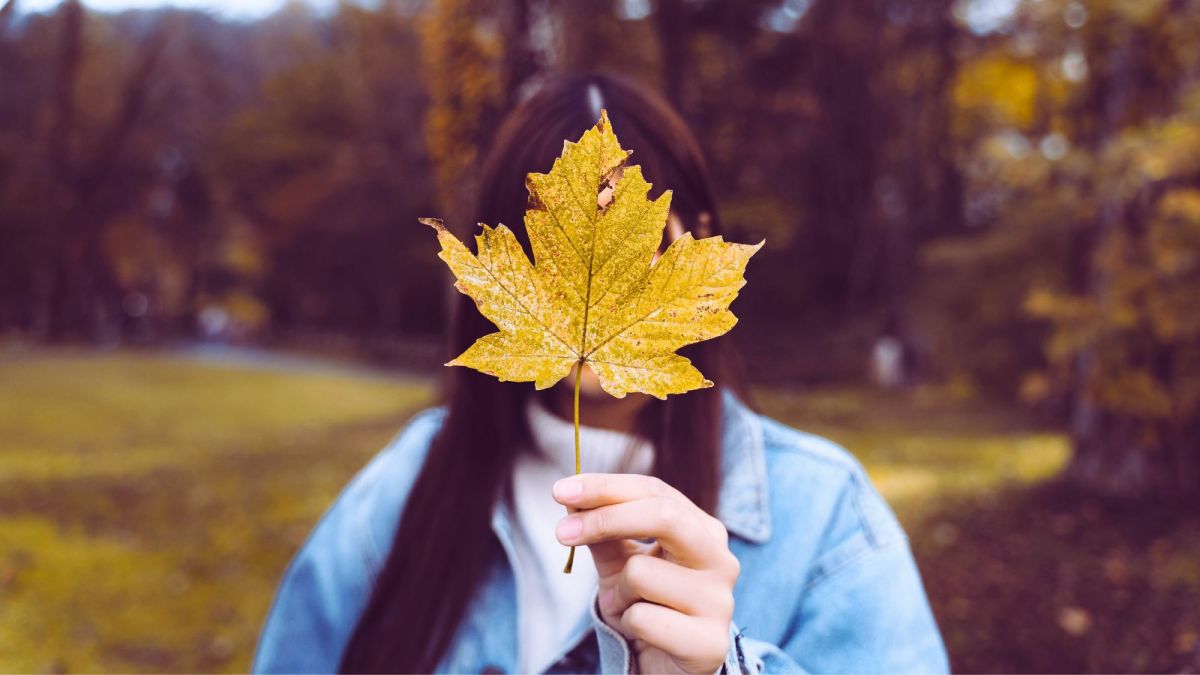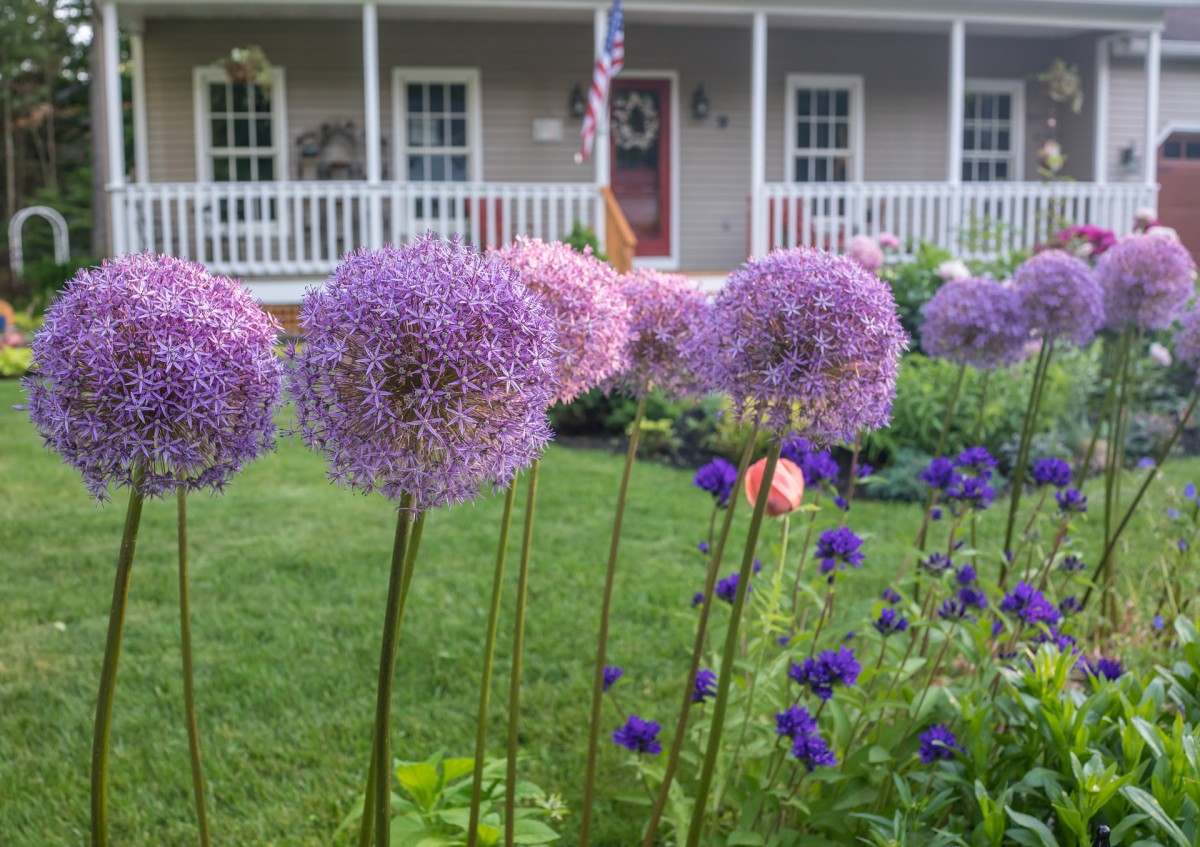How To Select A Perfect Veggie Garden Site!
I find gardening and growing anything thoroughly exciting, challenging and satisfying because every aspect of it can bring something new to discover. Gardening is also a great activity that benefits body (physical workout), mind (stress relieving) and soul (tranquility of the great outdoors). Its perfect for all; children, adults and seniors alike. Also in this day and age of money crunching, growing some veggies and fruit can help with the grocery budget.

Looking for and deciding on an ideal spot to plant is invaluable and
often overlooked by experts and beginners alike. Creating any type of
garden starts with a few basic questions:
What do you want to grow?
Where to put the garden?
How do I choose a perfect site for my garden?
The characteristics of an ideal garden spot need to be determined first of all. Well, an ideal location for a vegetable or flower plot needs to have well
drained, fertile soil and needs to be exposed to
sunlight for more then 8 hour per day. Also it needs to be within easy access to water. (This in a smaller yard won't be a problem but in a larger acreage lot can mean one heck of a long hose) I learned this the hard way, the first garden I dug here I paid attention to most everything except the water. It's 278 feet away from the well house so I had to join three 100foot hoses together which then was always in the way when the grass needed to be cut. I use that large plot only for Romano field tomatoes and cucumbers now.
An inferior garden site can often be improved on, but taking a little time before-hand thus maping out the right spot from the get go can save a lot of work and money.
If you have plenty of space for possible gardening plots it can still be a challenge to find the optimal spot, however it's even more important if there is limited space available.
I found that it is helpful to start with a plan of the property. This plan doesn't have to be a surveyors map or anything as formal as that. Just outlines of all that's in the yard drawn roughly to scale, including the house, shed, driveway, decks or patios, walkways and all other permanent features such as shrubs, trees, hedges etc.
* * * An easy way to draw things to aproximate scale is measuring by footsteps (you know--- heel to toe) and then transferring those 'sizes' onto a grid or graph paper. Naturally depending on the size of your paper determine that maybe every four foot-steps be represented by a square. Again it needs only to be a rough outline.
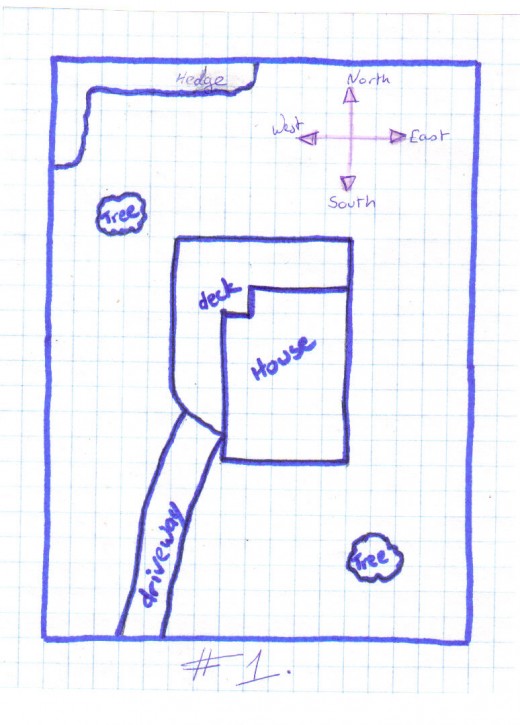
Once you have created your 'master' make a few of photocopies so you do not have to keep repeating this step. Or laminate your base plan but remember to only use erasable markers on it. This kind of outline is always handy especially in the winter when you might want to do some new plot or new site planning.
Now with a copy of your 'map' in-hand its time to go outside and determine you four directions north south east and west. ***Maybe it's been a while since the boy scouts or girl guides. So if you position yourself with your right side or arm pointing towards where the sun rises, that's EAST, then directly opposite where the sun sets is WEST , you're looking straight NORTH while your back is towards the SOUTH).
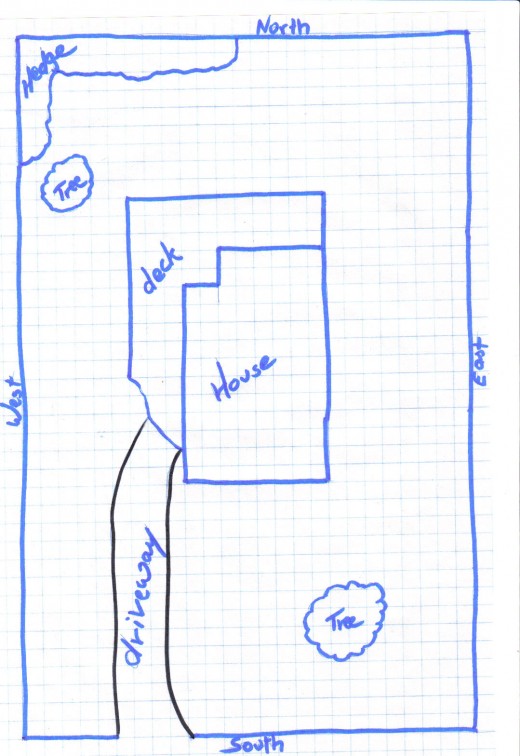
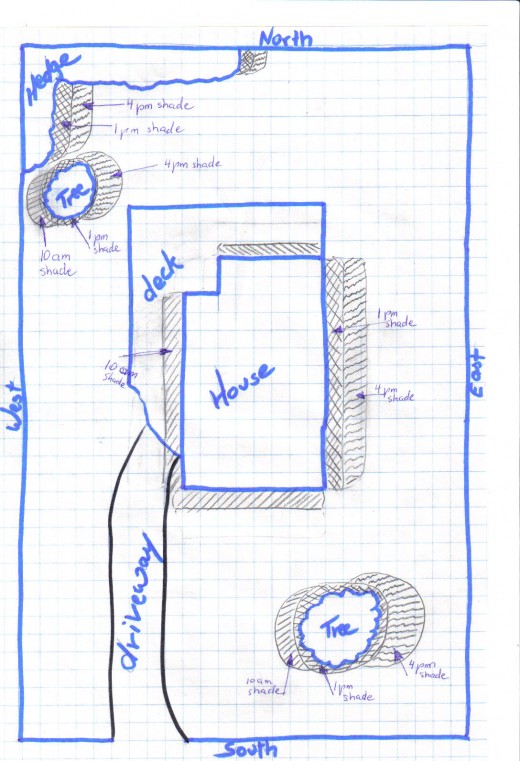
Now take a good look around. Observe and mark down the shade pattern cast by the buildings, trees and shrubs. You should repeat this at least three times lets say at 10 am, at 1pm and 4pm for example. This will give you a good idea and will let you assess how many hours of full sunlight the different areas in your yard get accurately. Ideally, this exercise should be repeated in the spring, summer and fall. The shade patterns will alter... once the trees are in full foliage etc.
To have this much advance planning is hard to follow through with. Most of us do not want to put off deciding on where to situate a garden plot until next year so it will have to be a work in progress and some changes can be made for the gardens of the future.
To get down to the nitty gritty of things a spot that receives full sun more then 8 hours a day gets enough light to grow a wide variety of veggies, herbs, berries, fruit and flowers. But to be honest there are a lot of plants vegetable and flowers alike that will grow well with a bit less sunlight , they might just be slightly smaller in structure and will produce less flowers and therefore fruit. Areas that have less then 6 hours of sunlight daily can still be used for garden plots but you will need to be more selective with the plants you choose. For example the full variety of 'Impations' will love and thrive in an area that's shaded for 14 hours a day and so will most hostas too.
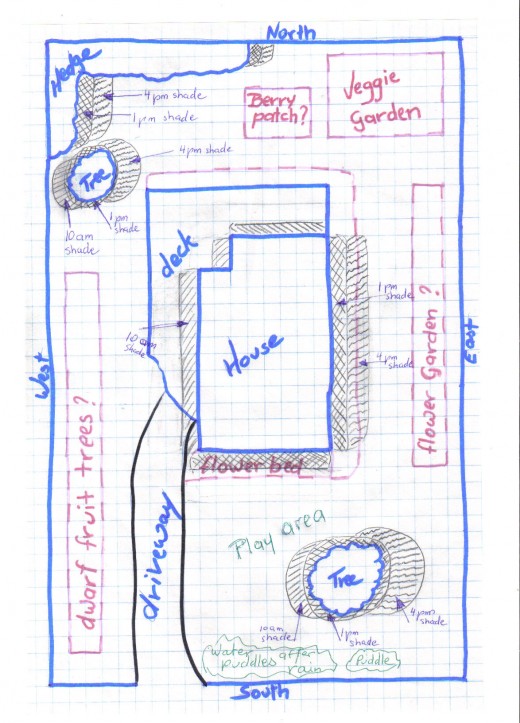
Next check out the ground. Mark down the spots on your map where puddles form and remain for longer times after a heavy rain. This information is also vital to determine which plants to plant. Spots that are soggy underfoot are poorly draining bits of area and less then ideal. Wet and soggy soil conditions tend to rot the roots of most garden plants (unless you're planting rice).
Another important factor to consider is how the wind blows through your property. It is good to have a certain amount of wind as this will give air circulation around the plant leaves and stems. The wind drying the rain away quickly will discourage disease and rot. On the other hand too much wind and gusts can draw moisture out of plants and cause them to wilt or topple over especially taller plants. Some plants are more sensitive to wind then others. A strong high wind on a regular basis is a problem that can partially be solved by planting the sturdier plants around the more sensitive ones.
Now looking at your base map you can see which will be the best places to start those garden plots. One more important step is to check out the soil... specifically the pH levels.
The pH level is the measure of how acidic or alkaline your soil really is. This level really makes a difference to the plants that you might want to grow. Don't panic its not hard to measure and once you have those numbers its not hard to correct the levels. Home test kits are available for sale at your local garden center, they sell for less then 20.00 dollars. This is really a good and cheap investment and well worth it and gets you much closer to a really successful garden compared to a so-so one. The pH levels are measured on a scale from 1-14 with 7 being the center or neutral. A pH below 7 indicates that the soil is acidic and above 7 it's alkaline. As an average most plants like the soil anywhere between 6 and 7.5. (Check each plants preference on their write-ups).
* * *Another option, if you would like, you can also get your soil tested by the local Laboratories. Your local nursery or garden center will have addresses for labs nearest you. The labs will be able to give you a total rundown of your soil and give you recommendations on what you need to do to counteract nutrients and pH level imbalances. These tests cost a few bucks but if you're serious about starting a veggy garden it might just be worth it. (you might want to start growing vegetables or flowers for your own garden stand ....) I've always been able to correct any problem I had with my home test kit however and that saves money in the long run.
You are now ready to garden Yeahaaaa. Good luck and have lots of fun deciding what to plant.
- Making and Using Compost
Home style composting is not at all a new invention. Yesteryear if it didn't go into the pig bucket it went into the big pile at the farthest corner of the yard or garden. In the past everything had its uses.... - How to prune fruit trees!
First of all a let me say this; fruit trees do not need to be pruned to produce fruit. The fruit production of a tree is a natural occurrence which ensures the survival of a tree. That means a gardener... - International Garden Party!
I'll be your guide today if I may. This informal meeting, some might even call it a party of some of the worlds most famous veggies is being brought to you by the Global Union Of Vegetables or GUOV for short....
- Compatible Planting
It took me years to realize, better said to recall all Gramps had told about garden companions. To me as a teenager it really didn't matter that the tomato and the potato didn't want to be neighbors. Neither... - How To Choose Apple Trees!
If you're seriously contemplating having apples to harvest from your backyard, growing apple trees from seed is not really feasible. (read on to find out why) However it is a really nice project to do with... - How to grow Lavender!
My all time favorite garden plant is the Lavender. It is not just a great color in between the other perennials but it has this heavenly scent that I just can’t get enough of. I have four different... - 1 Year hub-versary!
October 22nd 2007 a day in history... my history that is, a year ago I found my new home away from home. HUBPAGES. To give you the long tour (the short one is just too boring ...I've always wanted to be a...



